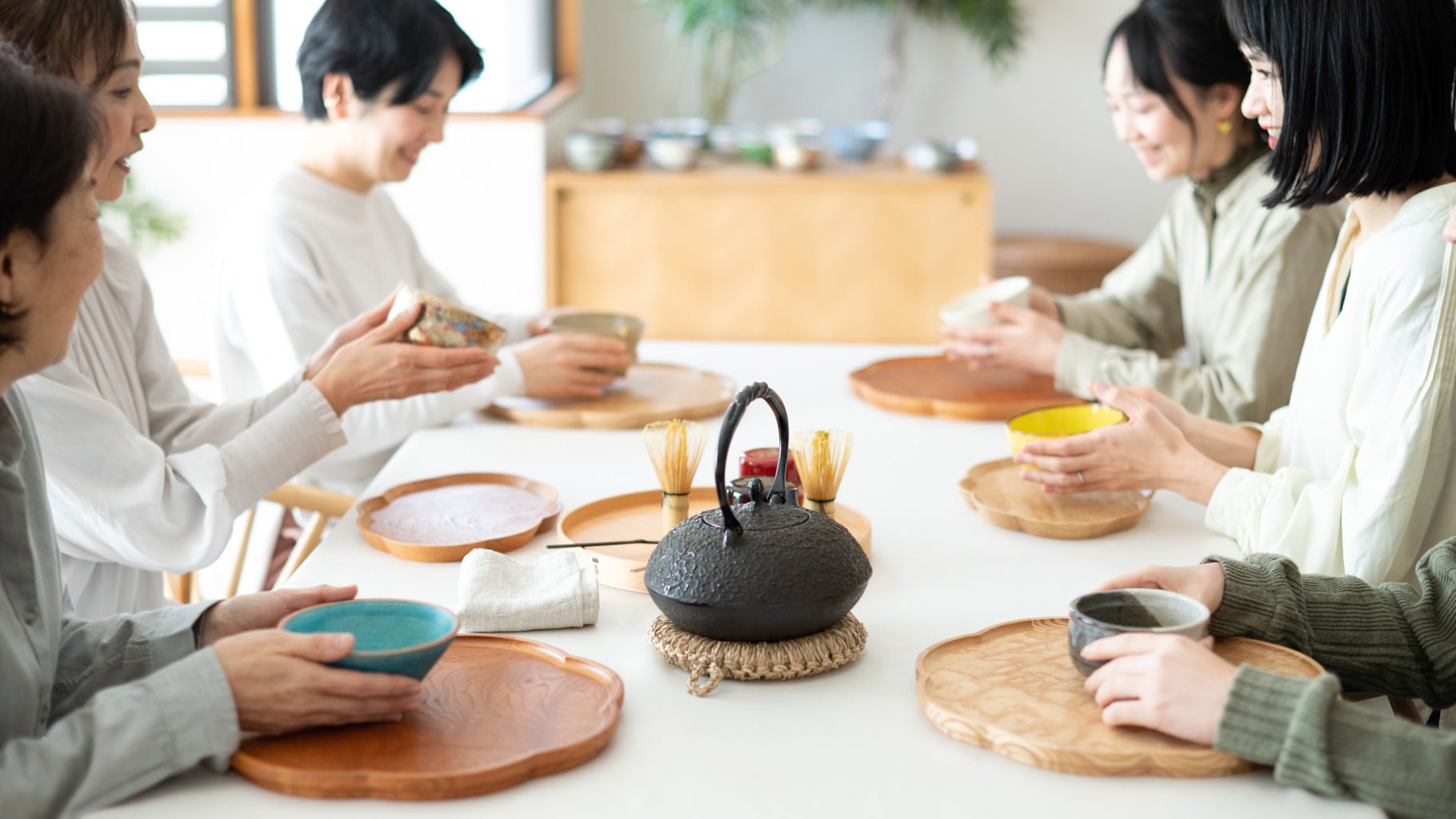
Musubi Kiln's Office Tea Satisfying Our Sweet Tooth with "Table-Style Sado"
Written by Team MUSUBI
For our third office get together, we decided to change things up and try a modern, casual variation of a traditional Japanese tea ceremony, otherwise known as "table-style sado." This style is perfect for anyone looking to entertain guests and enjoy a Japanese tea experience without arduous preparation!
"Sado" in Japanese translates to "The Way of Tea." It pursues wabi sabi–a philosophy that prioritizes simplicity and tranquility. Typically, every action throughout the ceremony is coordinated and intentional. It is a highly ritualistic way of serving and enjoying matcha, involving a host and their guests. We asked one of our colleagues who has trained in the art of sado to act as our host and teach us a simplified version we could try at home.
We started by selecting the bowls to drink matcha from. There are bowls with a wide or narrow base. It is recommended for beginners to choose a bowl with a wider base so that the matcha powder is easy to stir. Although there are bowls made specifically for Japanese tea ceremonies, it is also possible to use a large soup or donburi bowl (large bowls for Japanese cuisine).




Our colleague reassured us this rule can be omitted during table-style sado. If any crumbs from the confection are left on the kashikiri, you can wipe them clean on the top corners of the kaishi.
Next up was making the matcha! The utensils you will need differ depending on the tea school you decide to follow. For table-style sado, basic items include a kettle, a "natsume" (green tea container), a "chasuku" (tea scoop), a "chasen" (tea whisk), and a "chawan" (tea bowl).





For many of us at MUSUBI KILN, this was our first sado experience! We felt very lucky to have such a knowledgeable colleague assist us in learning about tea ceremonies. Official tea ceremonies at tea schools can be daunting, but table-style sado is one where you can casually try at home! We look forward to sharing what we learned with our family and friends. We hope our readers might be inspired to try it too!


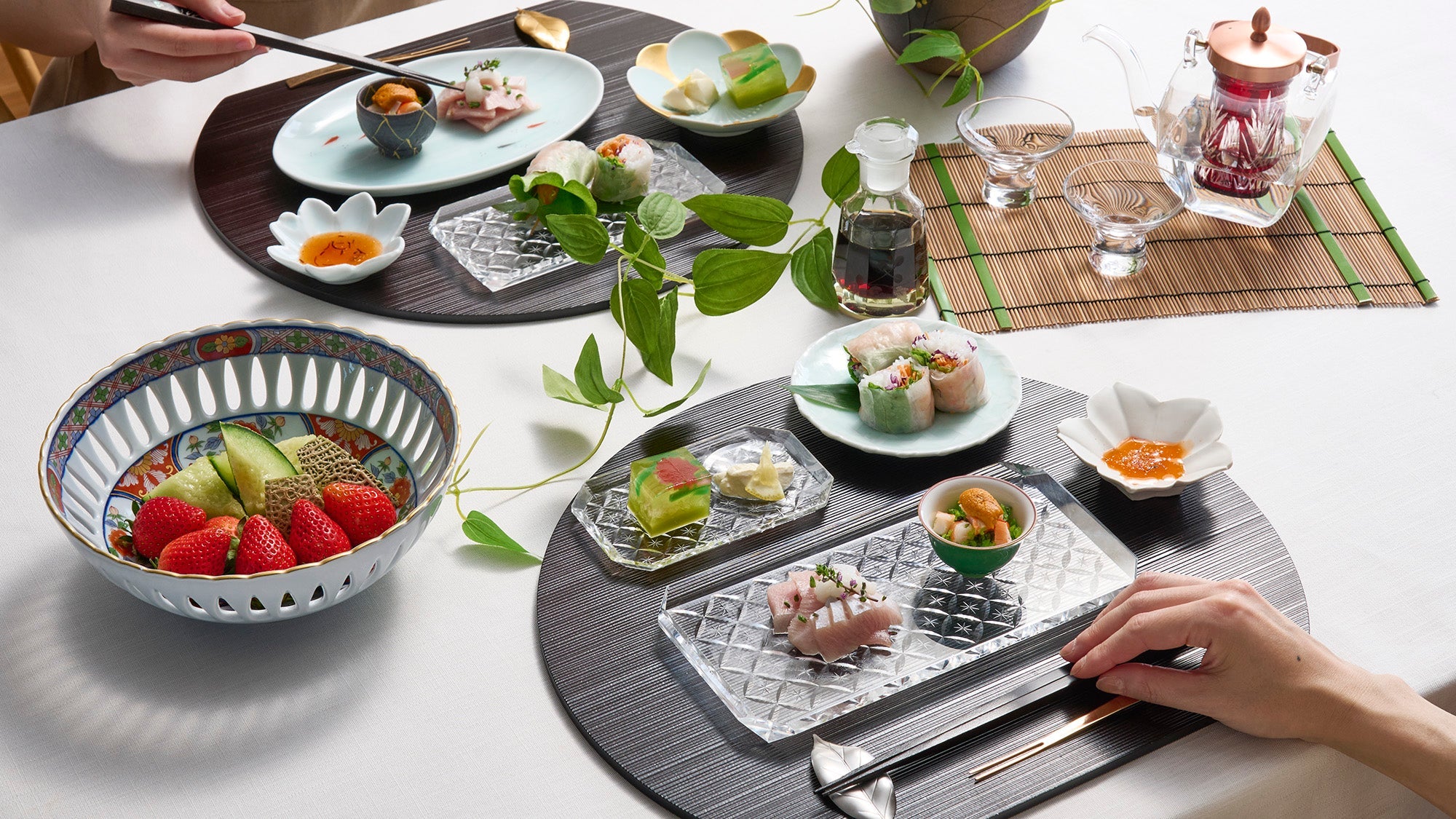
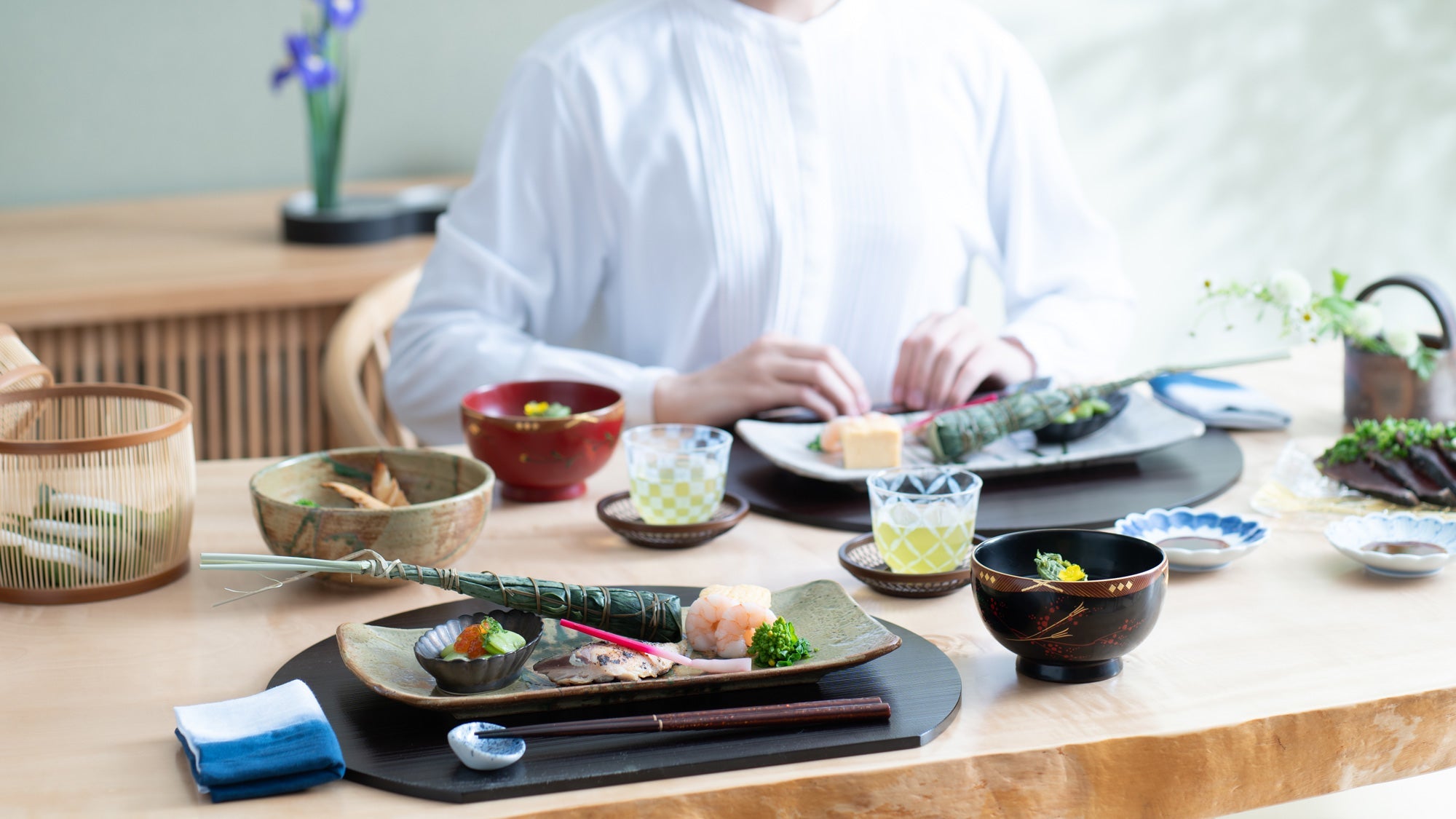
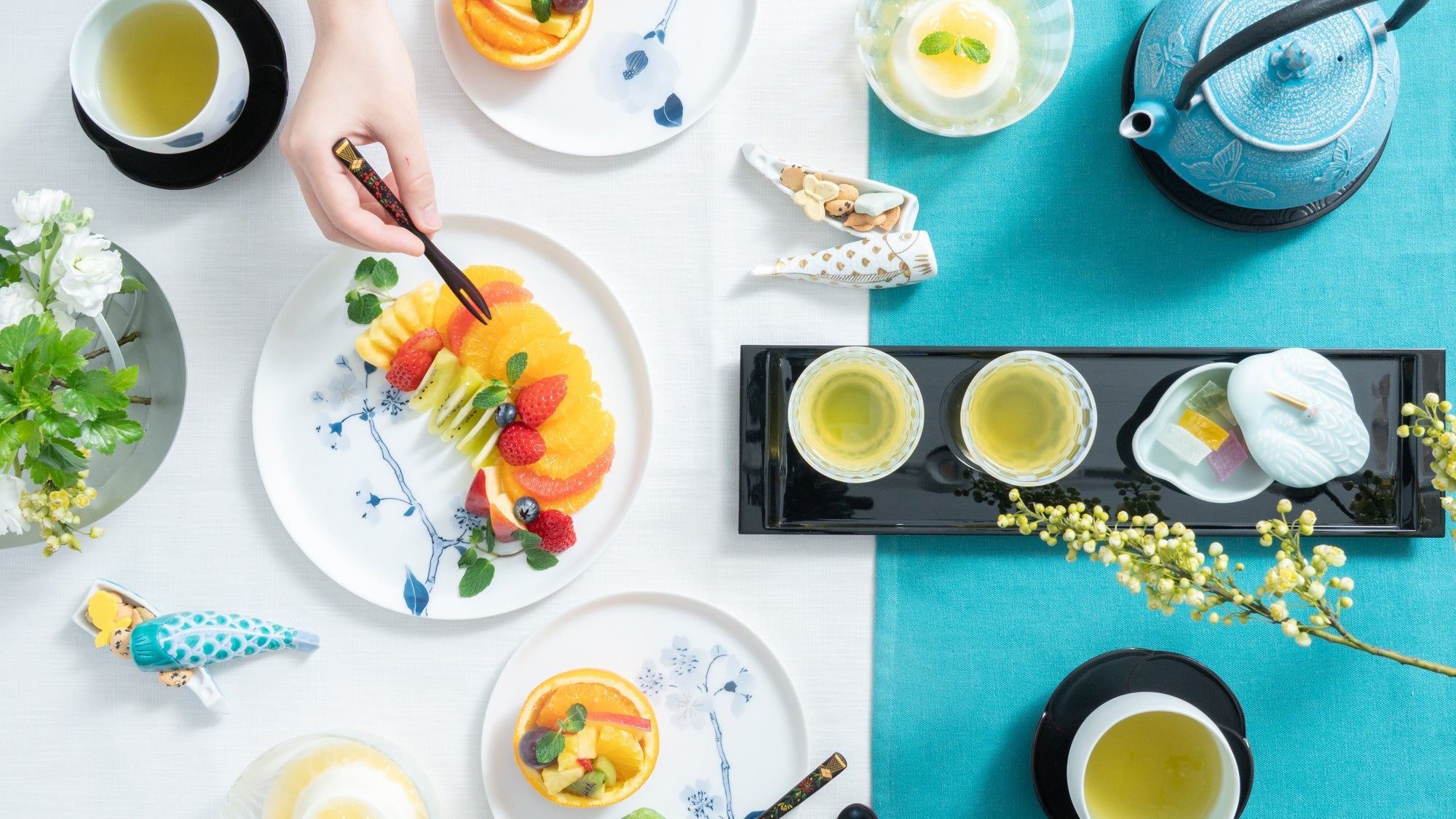
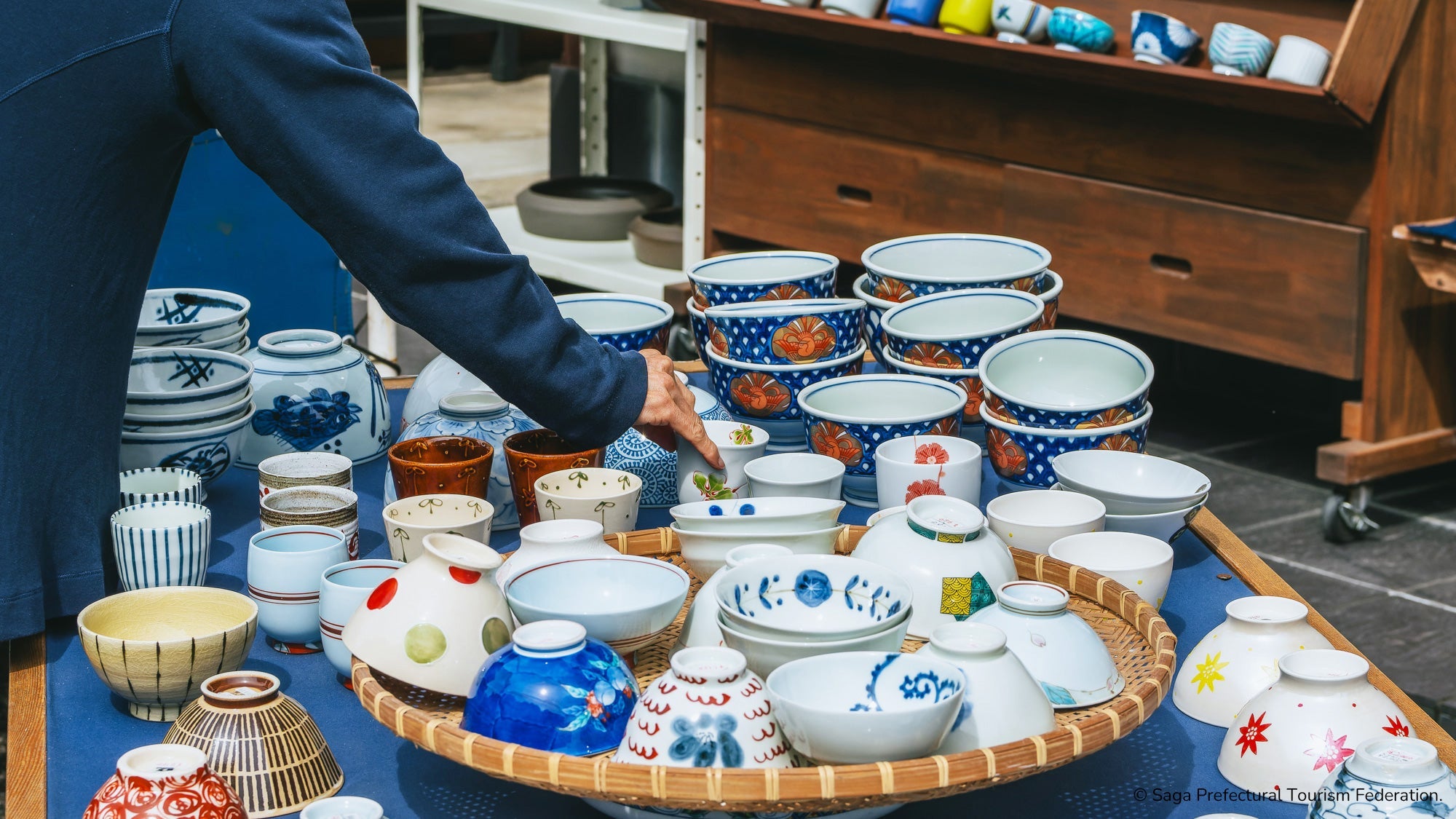
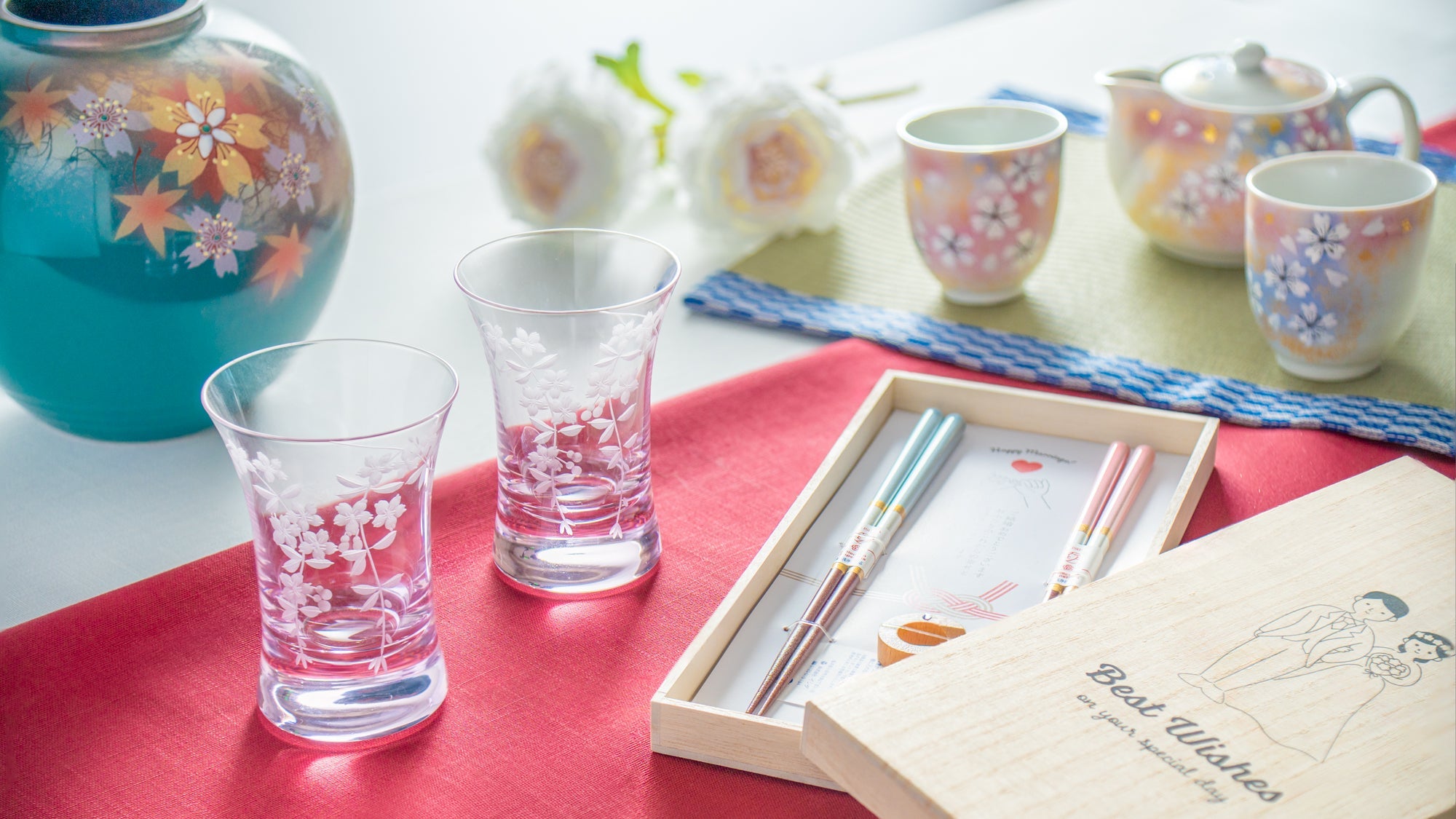
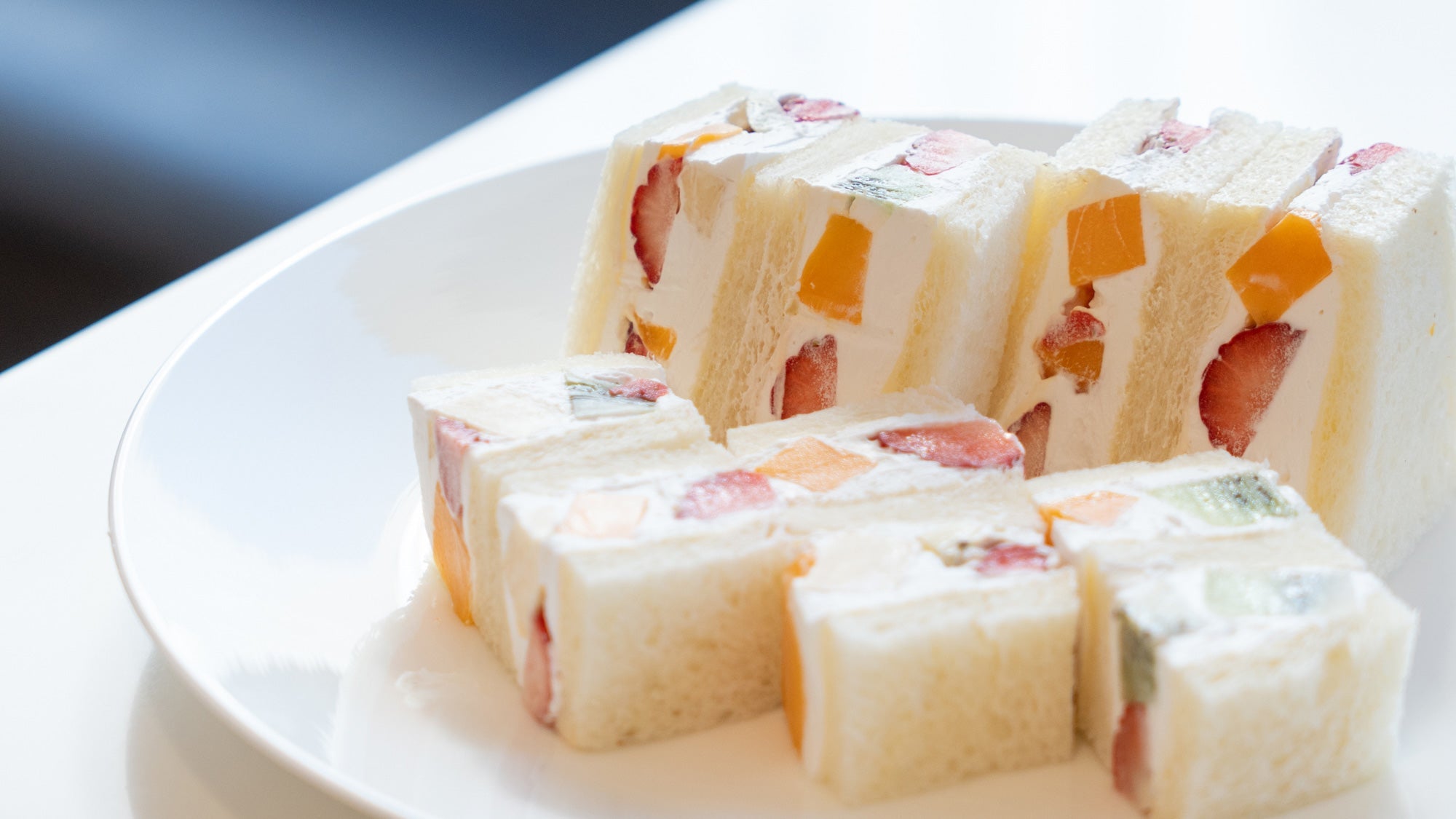

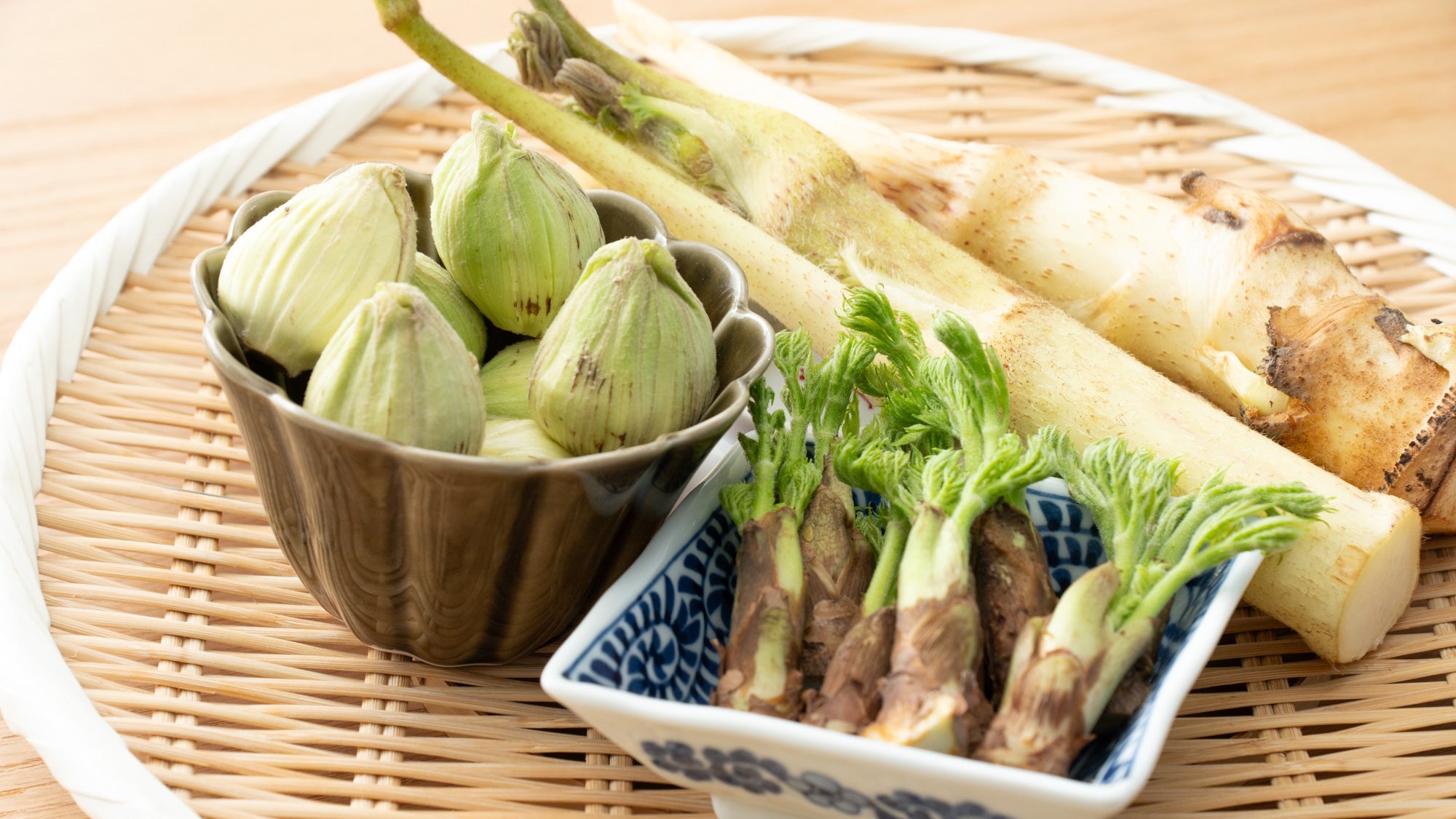

2 comments
@Marta – Thank you so much for your comment. This tea gathering was actually a casual in-office event led by one of our team members who had been learning sado. While it was not a formal course, it was a great experience for all of us—and it’s great to hear that you are interested in learning more!
If you’re curious about how to enjoy matcha at home, we’d be happy to share another journal titled “All You Need to Make Matcha at Home.” It has helpful tips on what you’ll need and how to get started. Thanks again for reaching out—we hope you enjoy making your own matcha moments!
Team Musubi
I would like to have information about the course año the price
Thank you
Marta Sanchiz Vallbona
Leave a comment
This site is protected by hCaptcha and the hCaptcha Privacy Policy and Terms of Service apply.